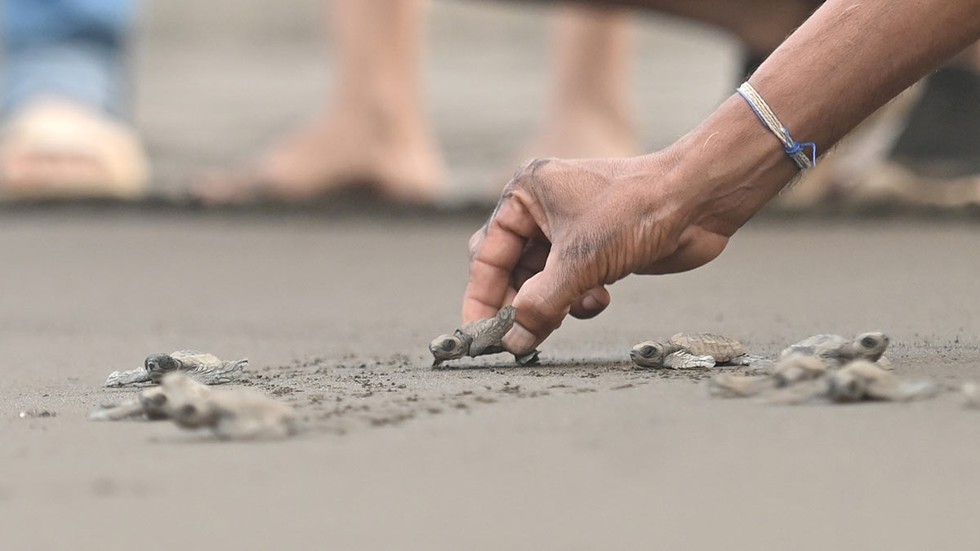About Operation Olivia:
- It is an important initiative of the Indian Coast Guard (ICG) conducted annually from November to May.
- It is aimed at ensuring safe nesting grounds for Olive Ridley turtles, particularly at Gahirmatha Beach and surrounding coastal areas of Odisha.
- The operation involves round-the-clock patrolling, aerial surveillance, and close coordination with local stakeholders to protect the turtles during their breeding season.
- Since the inception of the operation, the ICG has conducted over 5,387 surface patrol sorties and 1,768 aerial surveillance missions.
- These measures have led to a significant decline in threats such as illegal fishing and habitat disruption.
- In addition to enforcement, the Coast Guard has actively collaborated with coastal communities, promoting the use of Turtle Excluder Devices (TEDs) in fishing nets and signing Memorandums of Understanding (MoUs) with NGOs to support conservation education and sustainable fishing practices.
- This integrated approach has played a pivotal role in creating a safer and more sustainable environment for Olive Ridley turtles, whose conservation is key to maintaining marine biodiversity along India’s eastern coast.
Key Facts about Olive Ridley Turtles:
- This species is among the smallest, but the most widespread and abundant of the world’s sea turtles.
- It gets its name from the olive green color of its heart-shaped shell. .
- These turtles, along with their cousin the Kemp's ridley turtle, are best known for their unique mass nesting called Arribada, where thousands of females come together on the same beach to lay eggs.
- Distribution:
- They are found throughout the world, primarily in the tropical regions of the Pacific, Indian, and Atlantic oceans.
- Odisha’s Gahirmatha Marine Sanctuary is known as the world’s largest rookery (a colony of breeding animals) of sea turtles.
- Features:
- They grow to about 2 feet in length, and 50 kg in weight.
- They are omnivorous, meaning they feed on both plants and animals.
- They are solitary, preferring the open ocean.
- These turtles spend their entire lives in the ocean, and migrate thousands of kilometers between feeding and mating grounds in the course of a year.
- Conservation Status:
- IUCN Red List: Vulnerable
- Wildlife Protection Act, 1972: Schedule 1
- CITES: Appendix I.
